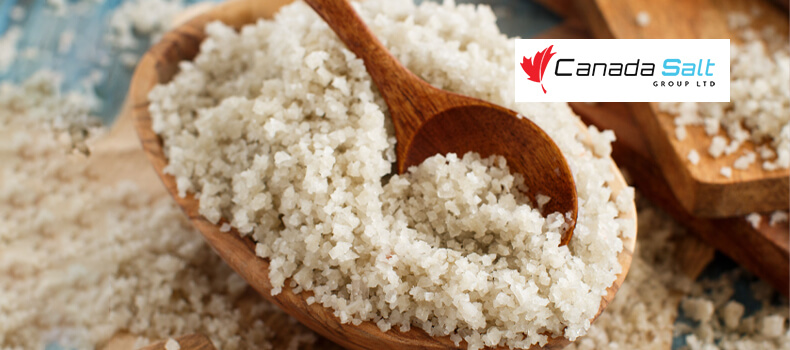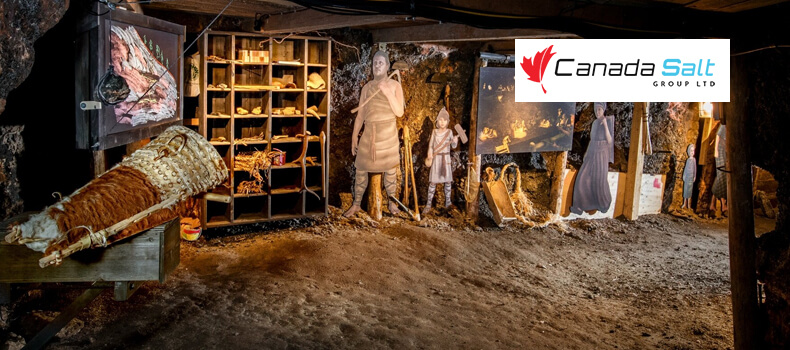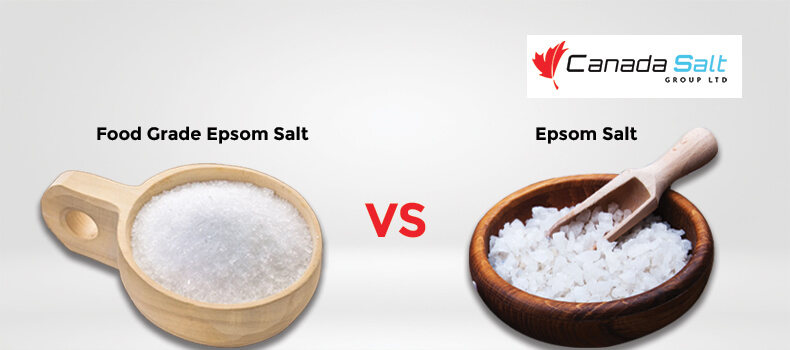How to Store Water Softener Salt for Best Results?
Water Softeners are an important part of most households and are mandated for areas with hard water. By removing calcium and magnesium from the water, water softeners can prevent dry skin, damage to appliances, and scaling on plumbing and kitchen fixtures. As a homeowner, you must ensure that your water softener functions efficiently. One crucial aspect to consider for proper water softener maintenance is the storage of water softener salt. Generally, storing the salt in a cool, moisture-free environment would be best to prevent it from clumping, caking or deterioration. This article will discuss how to store water softener salt for optimum results, the common mistakes to avoid, and important factors to consider while choosing the storage location.
Types of Water Softener Salt
There are several types of water softener salt available. Let us discuss each type briefly with their pros and cons.
Solar Salt:
Solar salt is obtained by evaporating seawater or brine and converted into large salt crystals but sold in pellets. It is less expensive and easily available. But sometimes, it contains impurities which later degrade the performance of your water softener.
Rock Salt:
Rock Salt is generally mined underground and available in crystal or pellet form. It is more affordable than other salt types—impurities in the salt lead to periodic cleanings of the water softener’s brine tank.
Evaporated Salt:
This salt is produced by boiling brine till evaporation and obtaining salt crystals. Evaporated salt is mostly available in pellets. It is also considered the purest and most expensive water softener salt. One disadvantage is it easily dissolves and reduces salt bridging.
Ultimately, deciding what salt to use in your softener is yours. Choose a salt based on its purity, budget, and convenience.
Factors to Consider When Choosing a Storage Location
Below are some important factors to consider while choosing your water softener salt storage location.
Storage Conditions
The ideal storage conditions for water softener salt are cool, dry, and moisture-free environments.
Temperature & Humidity Factors
Water softener salt must be kept in a location with a constant temperature and low humidity. The ideal temperature and humidity levels are 40-100°F and 80%, respectively.
Storage Locations
The most common and readily available storage locations include garages or basements, storage rooms and sheds. Ideally, choose a location which stays dry and in good condition.
How to Store Water Softener Salt for Best Results?
Now that we know the important factors to consider while storing your water softener salt, what are the right and wrong ways to do it for the best results? Here are some tips to keep in mind to avoid any damage to the salt.
Store in Dry Environmental Conditions
Salt is generally hygroscopic, so if left in humid conditions, it will attract moisture from the air and form salt clumps. They are hard to break and can cause problems to your softener system.
When the brine tank of the water softener is filled up with bigger salt clumps, there will be reduced contact between the salt and water. Moreover, salt bridges are formed easily to interrupt the brine tank’s water flow, eventually forcing the system to stop functioning. So make sure that your salt is stored in dry conditions.
Avoid Contamination
To keep your water softener salt in good condition, avoiding contamination from external sources is important. Here are the tips.
- Keep Away from Bugs and Pets: Bugs and pets can pose a significant risk to your water softener salt. If they get in contact with the salt, it may be contaminated, and your pets may, too, become sick. To overcome this, you must ensure your salt is stored where bugs and pets can’t reach.
- Store in a Closed-Off Location: Store your water softener salt in a closed-off location to avoid external contaminants. This location, in good condition, protects the salt from leakage or spillage.
Avoid Storing The Salt Near Bare Metal Surfaces And On Your Water Softener.
Don’t store the salt near bare metal surfaces. When mixed with air and water, salt can devastate metal surfaces. Moist and warm conditions combined with salt can make metal surfaces rust. Never store your water softener salt on the top of your system. It may damage the brine tank inside.
Avoid Placing in Direct Sunlight
Keep your salt in the dark and cool places, away from extreme temperatures and direct sunlight. This helps the water softener salt to be less reactive to heat and prevent damage.
Conclusion
In conclusion, proper storage of water softener salt is essential to ensure its effectiveness and longevity. By following the best practices outlined in this article, you can keep your salt in good condition and avoid potential damage and contamination. If you are looking for a reliable water softener supplier. Contact Canada Salt Group Ltd the largest salt supplier in the United States and Canada.





